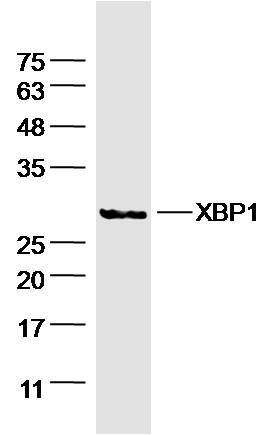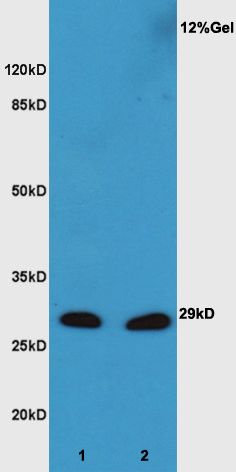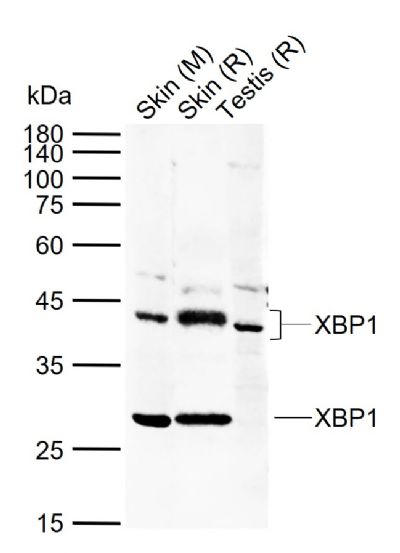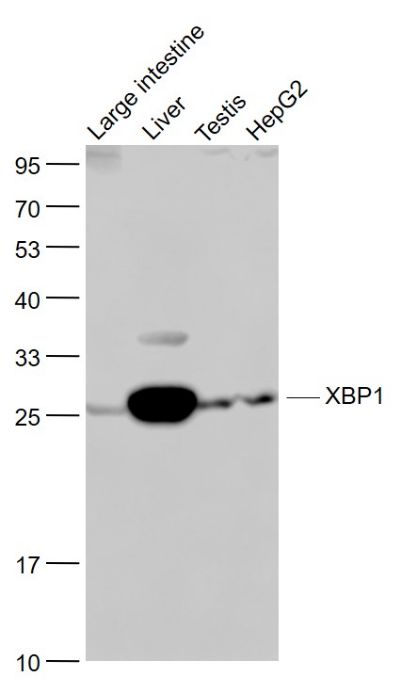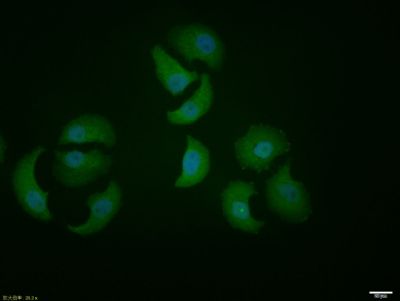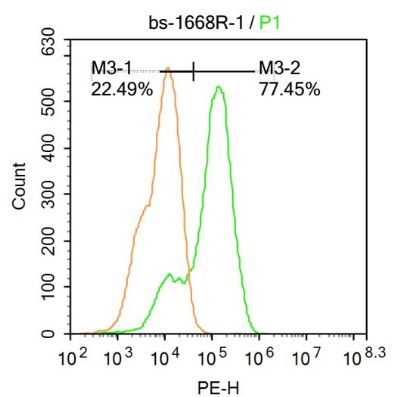[IF=5.878] Xueying Zhang. et al. Scutellarin ameliorates hepatic lipid accumulation by enhancing autophagy and suppressing IRE1α/XBP1 pathway. 2021 Dec 02 WB ; Mouse ,Human.
[IF=0.897] Yam Prasad Aryal. et al. Stage-specific expression patterns of ER stress-related molecules in mice molars: Implications for tooth development. Gene Expr Patterns. 2020 Sep;37:119130 IHC ; Mouse.
[IF=5.793] Chunyue Wang. et al. Neuroprotective effects of verbascoside against Alzheimer’s disease via the relief of endoplasmic reticulum stress in Aβ-exposed U251 cells and APP/PS1 mice. J Neuroinflamm. 2020 Dec;17(1):1-16 WB ; Human.
[IF=4.784] Wang L et al. Radioprotective effect of Hohenbuehelia serotina polysaccharides through mediation of ER apoptosis pathway in vivo. Int J Biol Macromol. 2019 Apr 15;127:18-26. IHSLCP ; Mouse.
[IF=3.858] Li,et al.Silver nanoparticles induce SH-SY5Y cell apoptosis via endoplasmic reticulum- and mitochondrial pathways that lengthen endoplasmic reticulum-mitochondria contact sites and alter inositol-3-phosphate receptor function.(2018) Toxicology Letters. 285:156-167. WB ; Human.
[IF=2.669] Qiu,et al.Recombinant human maspin inhibits high glucose-induced oxidative stress and angiogenesis of human retinal microvascular endothelial cells via PI3K/AKT pathway.(2018) Molecular and Cellular Biochemistry. :. WB ; Human.
[IF=2.952] Lei Zhou. et al. Silencing circ‑BIRC6 inhibits the proliferation, invasion, migration and epithelial‑mesenchymal transition of bladder cancer cells by targeting the miR‑495‑3p/XBP1 signaling axis. Mol Med Rep. 2021 Nov;24(5):1-11 WB ; human.
[IF=2.776] Su M et al.Hepatoprotective benefits of vitamin C against perfluorooctane sulfonate-induced liver damage in mice through suppressing inflammatory reaction and ER stress. (2019) Environ Toxicol Pharmacol.65:60-65. WB ; Mouse.
